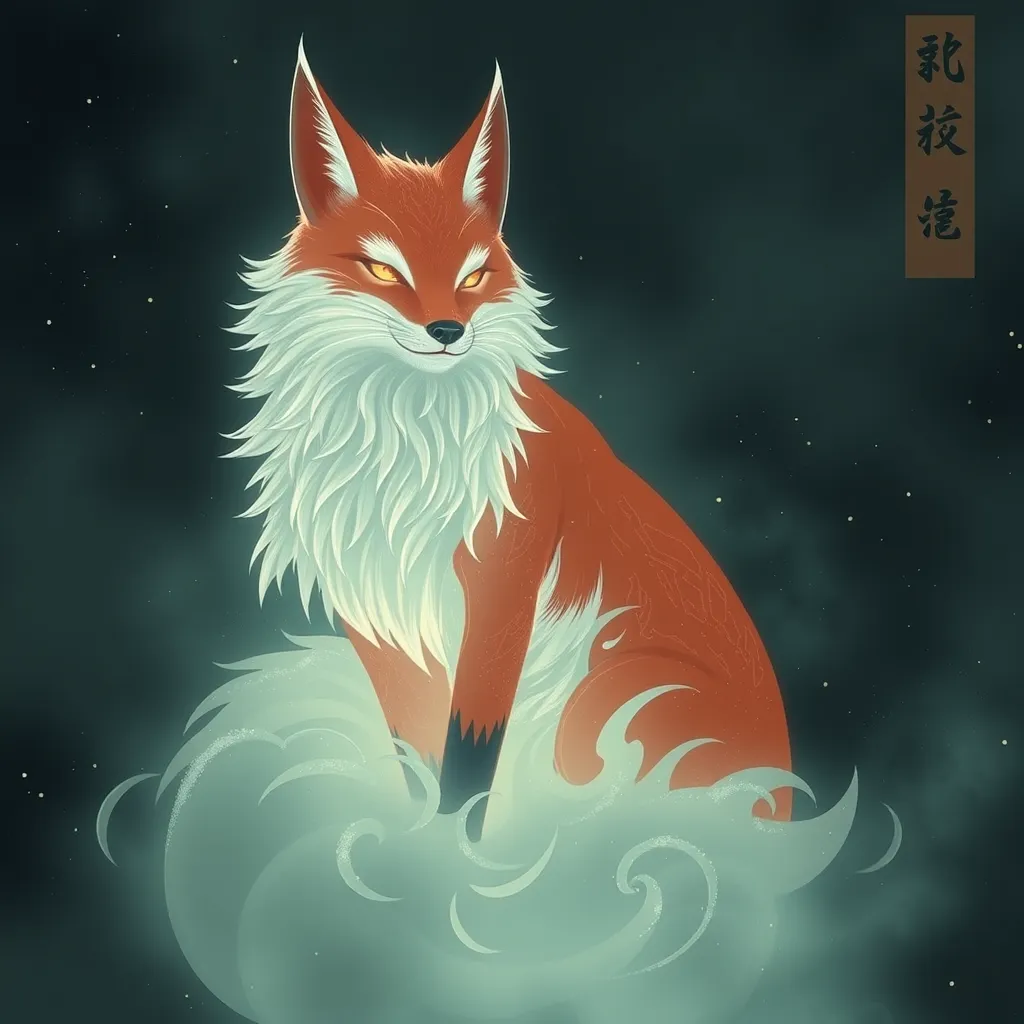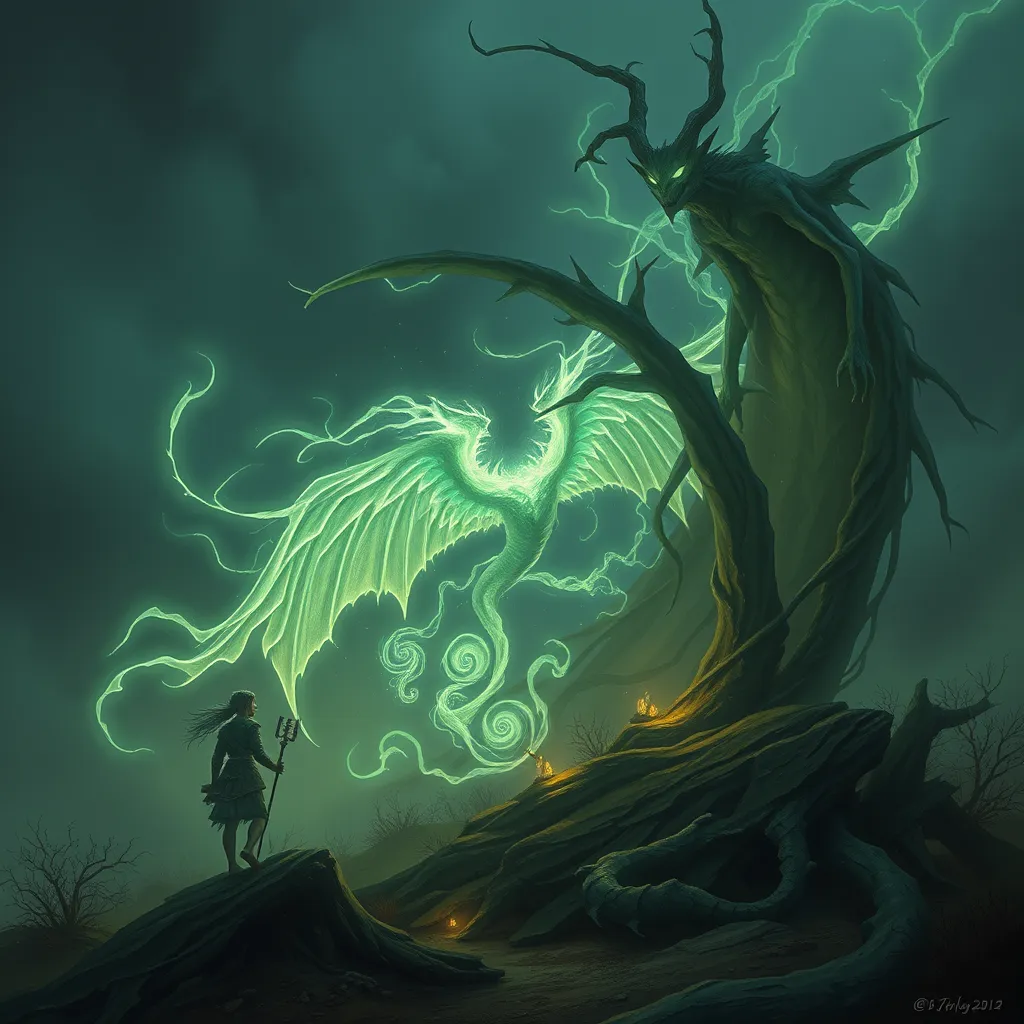The Kitsune’s Legacy: How the Fox Spirit Influenced Japanese Culture
I. Introduction
The Kitsune, a mystical fox spirit in Japanese mythology, has captivated the imaginations of many throughout the ages. Known for its intelligence, magical abilities, and dual nature, the Kitsune holds a significant place in Japanese culture. This article aims to explore the multifaceted influence of the Kitsune, delving into its origins, representation in folklore, role in art and spirituality, and impact on popular culture and language.
II. The Mythological Origins of the Kitsune
The Kitsune has deep historical roots in Japanese mythology, with references found in ancient texts such as the Nihon Shoki (Chronicles of Japan) and the Konjaku Monogatari (Tales of Times Now Past). These texts depict the Kitsune as a creature of great significance, often associated with rice and agriculture.
Over time, the characteristics and symbolism of the Kitsune have evolved. Initially viewed as a mere animal, it gradually became seen as a protector and a trickster. This duality is reflected in its association with Shinto beliefs, particularly with the deity Inari, the god of rice, fertility, and agriculture. The Kitsune serves as Inari’s messenger, symbolizing prosperity and protection.
III. The Kitsune in Folklore and Storytelling
Folklore is rich with tales of the Kitsune, showcasing its complex nature. Prominent folktales include:
- Tamamo-no-Mae: A story of a beautiful woman who is revealed to be a nine-tailed fox, demonstrating both the allure and danger of the Kitsune.
- Kuzunoha: A tale of a Kitsune who transforms into a woman and falls in love with a human, illustrating the protective and nurturing aspects of the Kitsune.
The dual nature of the Kitsune is a common theme; it can be a mischievous trickster, known to deceive and play pranks on humans, but also a loyal protector of those who are good-hearted. This complexity has inspired modern Japanese literature and storytelling, where the Kitsune often serves as a symbol of the blurred lines between good and evil.
IV. The Kitsune in Art and Visual Culture
The representation of the Kitsune in traditional Japanese art forms such as ukiyo-e has been significant. Artists like Utagawa Kuniyoshi have depicted the Kitsune in various forms, showcasing its beauty and mystique. In these artworks, Kitsune are often illustrated with multiple tails, a symbol of their age and power.
In contemporary Japan, the influence of the Kitsune extends to visual arts, including anime and manga. Characters inspired by Kitsune traits appear frequently, showcasing their magical abilities and dual nature. This has not only shaped popular media but also influenced modern design and fashion, where Kitsune motifs are incorporated into clothing and accessories.
V. The Kitsune’s Role in Religion and Spirituality
The Kitsune holds a vital role in Japanese spirituality, particularly as a messenger of Inari. Shrines dedicated to Inari often feature fox statues, symbolizing the deity’s connection to agriculture and prosperity. Rituals and practices surrounding Kitsune worship include offerings of rice and sake to ensure a good harvest.
Kitsune shrines are significant in contemporary Japanese spirituality, serving as places of worship where people pray for blessings or seek guidance. The enduring presence of these shrines underscores the Kitsune’s importance in the spiritual landscape of Japan.
VI. The Kitsune in Popular Culture
The portrayal of the Kitsune has expanded into various forms of popular culture, including film, television, and video games. In anime, series like Naruto feature Kitsune-inspired characters, while video games like Okami celebrate the mythical fox spirit in gameplay and storytelling.
The global impact of Kitsune-inspired characters and themes is evident, influencing international perceptions of Japanese culture. The allure of the Kitsune has transcended borders, inspiring artists and creators worldwide to incorporate its symbolism into their work.
VII. The Kitsune’s Influence on Language and Idioms
The Kitsune’s influence extends to the Japanese language, with several common phrases and expressions derived from Kitsune lore. For example:
- Kitsune no yomeiri: Referring to a “fox’s wedding,” an idiom that describes a rainy day.
- Kitsune ni naritai: Literally “to want to be a fox,” indicating a desire to be clever or cunning.
The impact of the Kitsune on Japanese language and communication reflects its broader cultural significance, as these expressions encapsulate the values and beliefs associated with this mythical creature.
VIII. Conclusion
In summary, the Kitsune’s diverse influences on Japanese culture are profound and multifaceted. From its mythological origins to its role in folklore, art, religion, and popular culture, the Kitsune embodies a rich tapestry of meaning that continues to resonate today. Its enduring legacy serves as a reminder of the importance of preserving cultural myths and their relevance in contemporary society.
The Kitsune not only enriches Japanese culture but also offers insights into the universal themes of duality, transformation, and the complexities of human nature. As we embrace modernity, the lessons and stories of the Kitsune remind us of the value of our cultural heritage and the stories that shape our identities.



